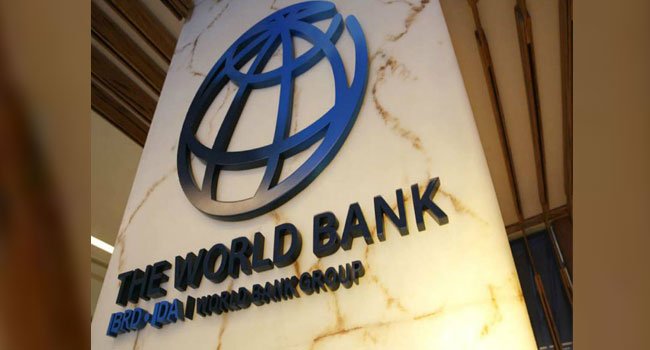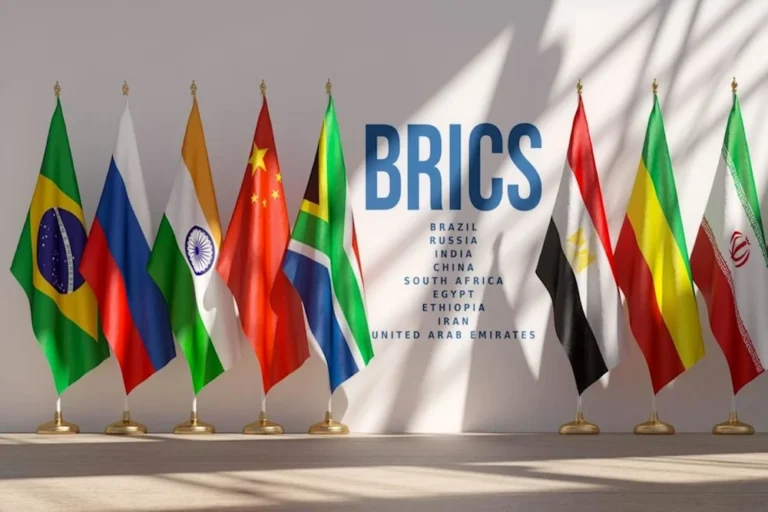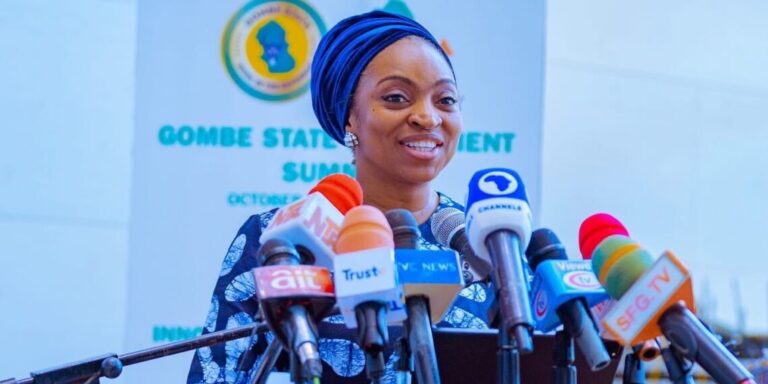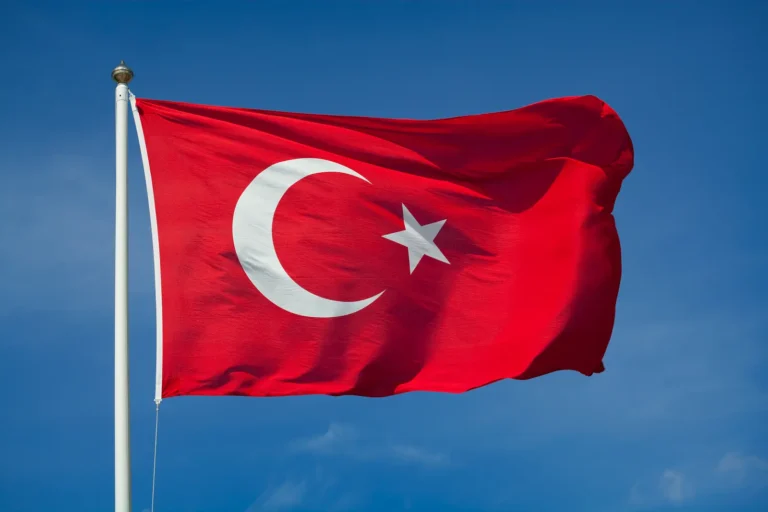THE World Bank has revised its economic growth forecast for sub-Saharan Africa, lowering it from 3.4 percent to 3 percent for this year, primarily due to the devastating impact of Sudan’s ongoing civil war. Despite this, growth is expected to remain higher than last year’s 2.4%, driven by stronger private consumption and investment, according to the bank’s latest Africa’s Pulse report.
‘This is still a recovery that is basically in slow gear,’ said Andrew Dabalen, the World Bank’s chief economist for Africa, during a media briefing. The report predicts growth will rise to 3.9 percent in 2024, slightly higher than its previous estimate of 3.8 percent.
While moderating inflation across many African nations is expected to give policymakers room to reduce high lending rates, the region’s growth outlook faces significant risks from armed conflict and climate disasters such as droughts, floods, and cyclones.
Without the conflict in Sudan, which has crippled its economy, the World Bank estimates regional growth for 2024 would have been 0.5 percentage points higher, aligning with its April projections. The war has caused widespread displacement and hunger, severely affecting Sudan’s economic activity.
The report highlighted that South Africa’s economy, the most advanced in the region, is set to grow by 1.1 percent this year, up from 0.7% last year, with further growth of 1.6 percent anticipated in 2025. Nigeria’s economy is expected to expand by 3.3 percent this year and 3.6 percent in 2025. Kenya, East Africa’s largest economy, is forecast to grow by 5 percent this year.
The region’s rapid growth between 2000 and 2014, averaging 5.3 percent annually, was largely fuelled by a commodities boom. However, this momentum slowed with the collapse of commodity prices and was further worsened by the Covid-19 pandemic.
Dabalen warned that prolonged stagnation could have ‘catastrophic’ consequences for the region, which has been deprived of both public and private investment. Although foreign direct investment began to recover in 2021, it remains sluggish.
‘The region needs significantly higher levels of investment to recover faster and reduce poverty,’ he stressed.
High debt service costs are also weighing heavily on the region, particularly in countries like Kenya, where public protests erupted in June and July over tax hikes. Many African governments have increasingly turned to financial markets for borrowing over the past decade, moving away from lower-interest credit offered by institutions like the World Bank.
External debt across the region has surged from $150bn to $500bn over the last 15 years, with a large portion owed to bond market investors and China. Countries like Chad, Zambia, Ghana, and Ethiopia have defaulted in recent years, undergoing debt restructuring under the G20’s Common Framework. Ethiopia is still in the process of restructuring its debt, while the others have completed the process.
‘As long as these debt issues remain unresolved, uncertainty will persist, which is detrimental both to the countries and their creditors,’ Dabalen concluded.





